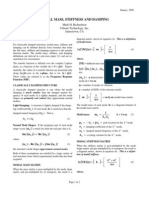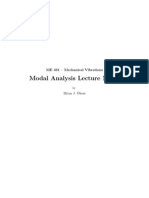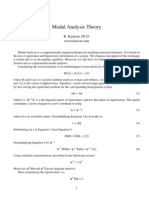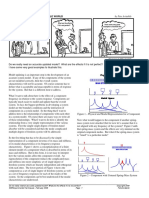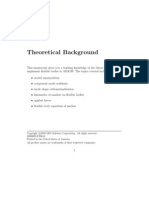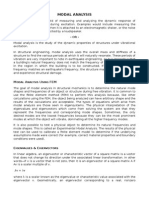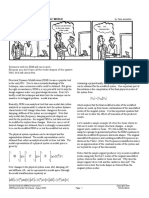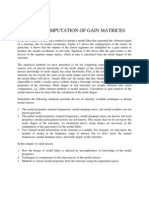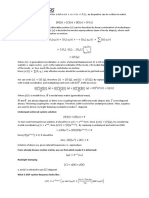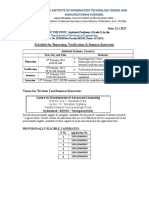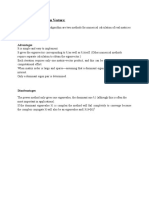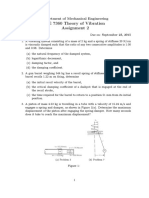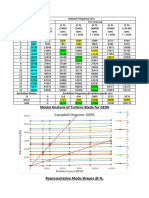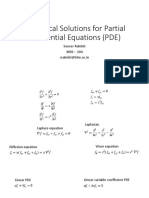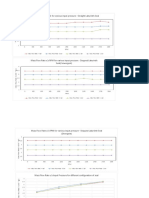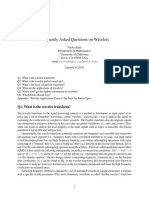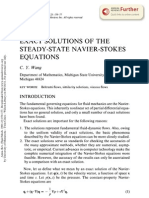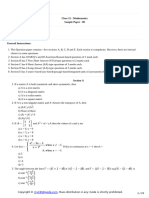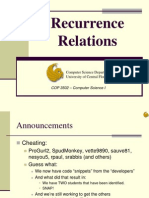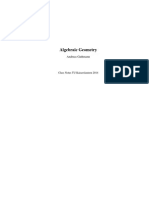0% found this document useful (0 votes)
122 views8 pagesIOMAC'19: Basic Concepts of Modal Scaling
This document discusses modal scaling and normalization techniques for mode shapes estimated from modal analysis. It describes how mode shapes can be normalized in different ways, including mass normalization, normalization to unit length, and normalization to a single degree of freedom equal to unity. The modal mass is dependent on the normalization technique used and has different units depending on the scaling. A new definition of modal mass is proposed that provides a better engineering interpretation. Key concepts like modal mass, modal inertia, and normalization techniques are explained.
Uploaded by
SAGI RATHNA PRASAD me14d210Copyright
© © All Rights Reserved
We take content rights seriously. If you suspect this is your content, claim it here.
Available Formats
Download as PDF, TXT or read online on Scribd
0% found this document useful (0 votes)
122 views8 pagesIOMAC'19: Basic Concepts of Modal Scaling
This document discusses modal scaling and normalization techniques for mode shapes estimated from modal analysis. It describes how mode shapes can be normalized in different ways, including mass normalization, normalization to unit length, and normalization to a single degree of freedom equal to unity. The modal mass is dependent on the normalization technique used and has different units depending on the scaling. A new definition of modal mass is proposed that provides a better engineering interpretation. Key concepts like modal mass, modal inertia, and normalization techniques are explained.
Uploaded by
SAGI RATHNA PRASAD me14d210Copyright
© © All Rights Reserved
We take content rights seriously. If you suspect this is your content, claim it here.
Available Formats
Download as PDF, TXT or read online on Scribd
/ 8






